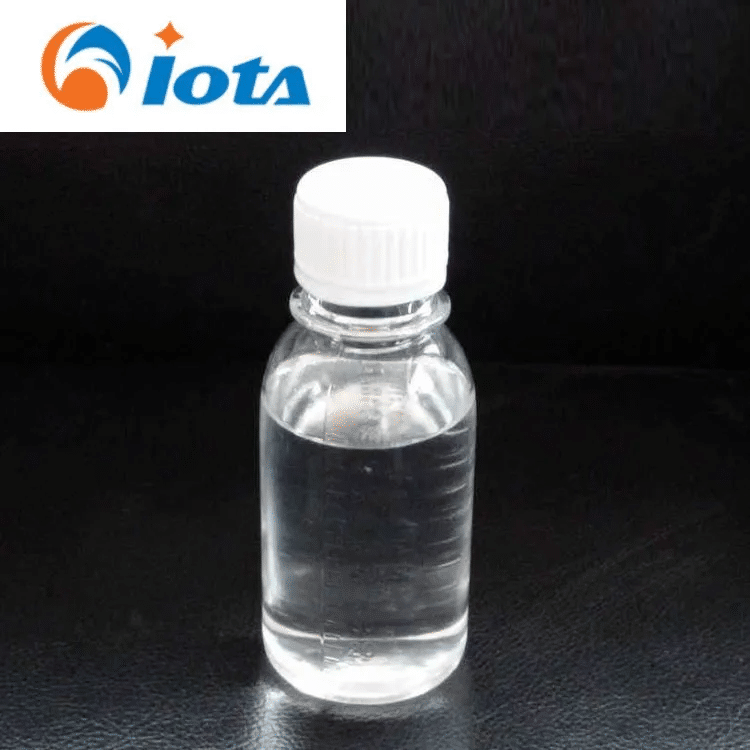Under the "dual carbon" goal, the environmental performance of the materials industry has become a focus of attention. Although ethyl silicone oil has advantages such as low volatility and non toxicity, its production process still involves environmental challenges such as chlorine recycling and catalyst recovery. This article will analyze the green innovation path of ethyl silicone oil from the perspective of life cycle assessment (LCA).

1、 Environmental impact of traditional craftsmanship
The production of ethyl silicone oil mainly adopts the D4 ring opening polymerization process, and its environmental load is concentrated in three stages:
Raw material stage: The production of silicon metal requires a large amount of coke and electricity, with approximately 10 tons of CO ₂ emissions per ton of silicon metal;
Synthesis stage: The synthesis of D4 requires the use of chloromethane, which produces 0.3 tons of HCl waste gas per ton of D4;
Post processing stage: Distillation and purification require steam consumption, with an energy consumption of approximately 500kg of standard coal per ton of ethyl silicone oil.
2、 Green technology innovation
Substitution of bio based raw materials
Germany's Wacker has developed silane coupling agents using bioethanol as raw material to replace traditional petroleum based chlorosilanes. This process can reduce carbon footprint by 40% and achieve higher product purity (metal ion content<5ppb).
Closed-loop catalytic system
The "platinum catalyzed closed-loop polymerization technology" developed by Zhejiang Xin'an Chemical has increased the yield of D4 from 85% to 95% by recycling unreacted monomers, while reducing waste liquid emissions by 60%.
Renewable energy applications
Hesheng Silicon Industry is building a photovoltaic power station in its Xinjiang base to provide green electricity for the smelting of metallic silicon. According to calculations, the carbon emissions per ton of metallic silicon can be reduced from 10 tons to 3 tons after using green electricity.
3、 Environmental upgrade on the product side
Low VOC formula
Traditional ethyl silicone oil contains small amounts of volatile small molecules (D3-D5), which have been included in the restriction list of the new EU REACH regulation. By optimizing the polymerization process, environmentally friendly ethyl silicone oil with VOCs content<0.1% can be developed to meet indoor application requirements.
Degradable modification
By introducing ester or amide groups, ethyl silicone oil can be gradually degraded under microbial action. Experiments have shown that the degradation rate of modified ethyl silicone oil in soil can reach 30% after 6 months, significantly lower than the 2% of traditional silicone oil.
4、 Circular Economy Model
Recycling of waste silicone gel
Germany's Evonik has developed the "thermal cracking catalytic reforming" technology, which can convert waste silica gel into D4 monomer with a recovery rate of 85%. This technology has been applied to the recycling of automotive sealing strips, with an annual processing capacity of 10000 tons of waste adhesive.
Shared Manufacturing Platform
The China Organic Silicon Industry Association takes the lead in building a "silicon-based material sharing factory" to reduce environmental protection costs for small and medium-sized enterprises through centralized heating, wastewater treatment, and other models. Data shows that the shared factory model can reduce carbon emissions per unit product by 20%.
5、 Policy and Market Driven
Major economies around the world are promoting the greening of organic silicon materials through legislation
The EU's Action Plan for a Circular Economy requires a 60% recovery rate for organic silicon products by 2030;
China's 14th Five Year Plan for the Development of Raw Material Industry clearly supports the research and development of low VOC organic silicon materials;
California, USA has included ethyl silicone oil in the "Green Chemicals List" and can enjoy tax incentives when purchasing.
According to MarketsandMarkets' forecast, the global market size of environmentally friendly organosilicon will reach 8.5 billion US dollars in 2027, with a compound annual growth rate of 7.8%. As a core product, the green transformation of ethyl silicone oil is not only a technological challenge, but also a strategic opportunity to seize the future market.
